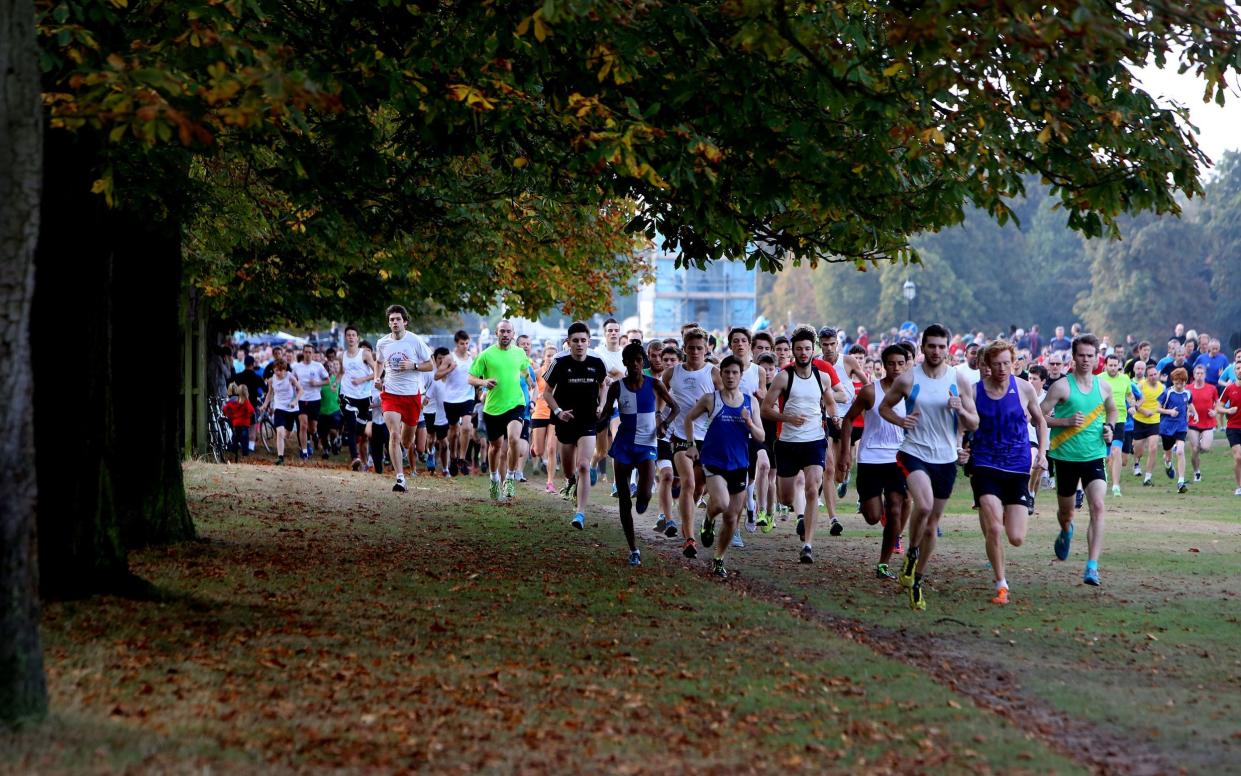How parkrun is planning its return: no high fives, a ban on spitting and potentially elongated courses

No high fives, a ban on spitting and potentially slightly longer courses in order to optimise space at start and finish areas all form part of new plans for the return of parkrun.
The mass-participation running phenomenon was suspended across its 2,000 courses and 22 countries in March but, having returned first in New Zealand, new guidance has been produced for how it can again operate in countries, like the UK, where there is an underlying level of Covid-19.
There are now seven million registered parkrun participants and, with 350,000 running and 30,000 volunteering on a weekly basis, it has become one of the most effective public health innovations of recent decades, especially in disadvantaged areas.
Parkrun has always wanted to return in as many Covid-impacted countries and destinations at one time as possible, and there is optimism that this moment could now only be weeks away.
New guidance for before, during and after parkrun is being circulated and, as well as encouraging people to arrive on foot, bike or private transport, runners will be told to minimise travel by taking part in local events.
Hand sanitiser will be made available to volunteers, pre-run briefings will be limited to two minutes and social distancing will be required before the event. Consideration will be given to moving individual start and finish areas to maximise available space and organisers have been told that, where necessary, distances could now range from between the usual 5km up to an additional 500 metres.
Races will begin promptly to minimise time spent on the start line and runners will be asked to seed themselves, with fastest at the front and likely slowest at the back, to avoid unnecessary bunching. Runners will be told not to spit during their run or to high five volunteers or other runners.
While actually running or walking, the guidance will simply be that participants should make “use of all available space” and minimise “the amount of time in close proximity to each other” rather than specific or rigid distancing requirements.
The finish procedure will also change, with position tokens - which must be washed and sanitised between events - distributed at the end of a lengthened finishing funnel. There will then be no scanner and volunteers will instead use a ‘virtual volunteer’ app from their phone to record finishing positions before runners put their token in a container. This will mean the scanning process can remain entirely contactless. Runners will also be told to maintain social distancing once they have finished and avoid non-essential post-race gatherings.
As well as the health benefits, parkrun believes it has certain important advantages in the context of the current pandemic given that it is outdoors, contactless and that all runners must register with an email address and so will be easily contactable for test and trace.
Organisers have tried to avoid amendments that will create undue pressure for its community of volunteers and are mindful that parkrun’s extraordinary success - it has been growing by roughly 25 per cent each year - owes much to its simplicity and removal of barriers.
The plan would be to bring back the junior parkrun at the same time as the regular parkrun. There are more than 1,000 parkrun locations across the UK and the events generally start every Saturday at 9am. The junior event, which is run over 2km rather than 5km, takes place at 9am on a Sunday. There are also now regular events through Europe, Asia, Africa, the Americas and Australasia.


